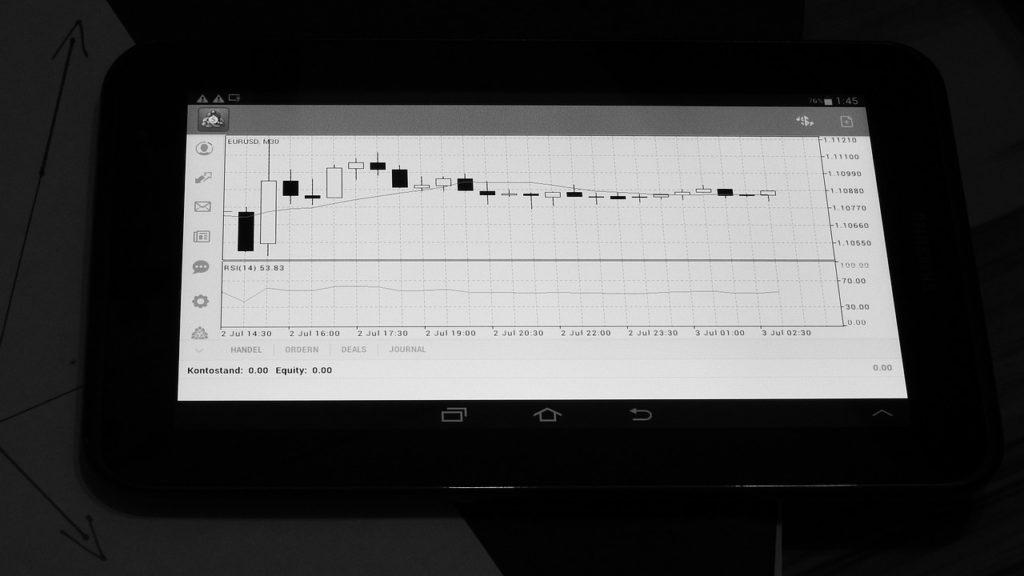
Expanding into global markets is an important move for investors seeking to diversify their portfolios. One efficient way to gain exposure worldwide is through trading stock market indices. An index represents a basket of stocks that make up a particular market or sector. Rather than picking individual international stocks, you can get instant diversification by trading indices that capture entire markets across countries and regions. Indices tend to be very liquid, enabling you to swiftly execute trades. They also benefit from lower transaction costs compared to purchasing all the underlying stocks separately. As you look to grow your portfolio globally, incorporating major index trading is a strategic decision.
Benefits of Trading Indices
There are several key benefits that come with trading indices rather than individual stocks:
- Diversification – Indices provide instant diversification across a group of stocks or even an entire market. This reduces the idiosyncratic risk associated with holding individual stocks.
- Lower Costs – Trading an index generally has lower transaction costs than buying all the underlying stocks separately. This improves your return on investment.
- Simplicity – Analyzing and selecting an index is simpler than picking individual stocks. Indices also have built-in rules for adding/dropping stocks which remove emotion from trading decisions.
- Liquidity – Major indices tend to be very liquid, enabling swift execution for both buying and selling. This allows you to get in and out of positions efficiently.
- Leveraged Products – You can further leverage your index returns through products like index futures, ETFs, and options. This provides ways to enhance returns beyond simply buying the index itself.
Popular Global Indices to Consider
Here are some of the most widely followed and traded global stock indices to consider adding exposure to:
- S&P 500 (United States)
- FTSE 100 (United Kingdom)
- Nikkei 225 (Japan)
- DAX (Germany)
- Shanghai Composite (China)
- Hang Seng (Hong Kong)
- S&P/TSX (Canada)
- ASX 200 (Australia)
Each index provides efficient exposure to the overall stock market in different countries and regions around the world. Blending a mix of these global indices allows you to gain broad international diversification.
Implementation Tips
When incorporating global indices trading into your portfolio, keep these tips in mind:
- Asset Allocation – Decide on your desired weighting to different markets based on risk tolerance, growth outlooks, and other factors. Rebalance periodically to maintain your target allocations.
- Use Index Funds/ETFs – Utilize index mutual funds and ETFs for inexpensive, passive exposure rather than actively trading index futures yourself.
- Manage Risk – Use stop-losses and maintain prudent position sizing for each index. Consider hedging tools like options to define and limit your risk.
- Watch Economic Trends – Follow macroeconomic trends, geopolitical events, and policy shifts closely as these will affect the performance of different global indices.
- Reinvest Dividends – Many indices provide dividend income. Consider reinvesting dividends to allow faster compound growth over time.
- Avoid Overexposure – While indices provide diversification, over allocating to just one or two can result in concentration risk. Blend multiple indices.
Adding a selection of broad market index exposures is an effective way to expand your portfolio globally. Indices provide diversification, liquidity, and efficiency that individual stock picking lacks. Follow these tips to successfully incorporate indices trading into your overall investment strategy. Global index investing helps you tap into growth opportunities worldwide.










